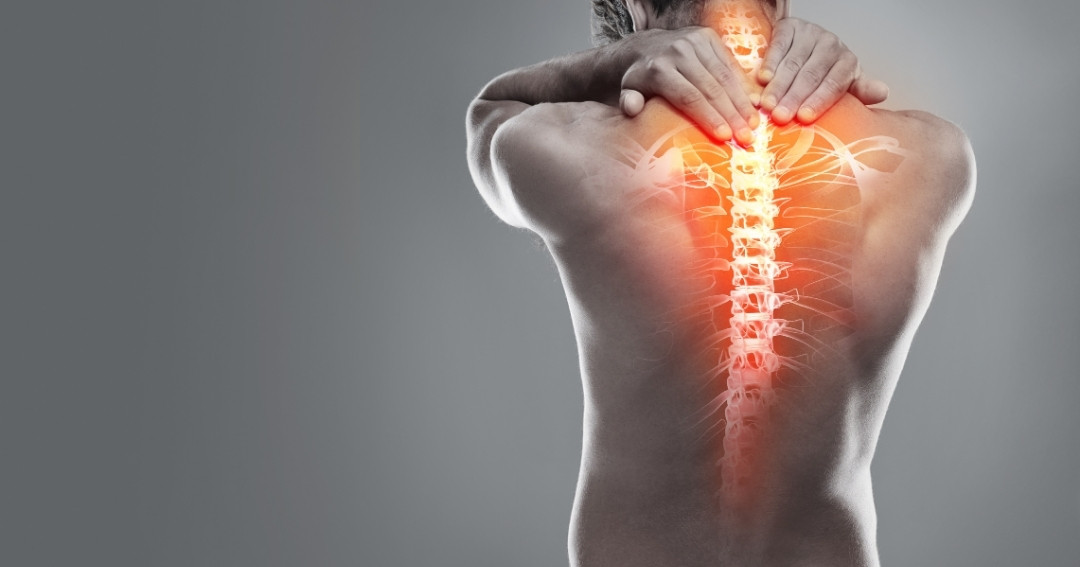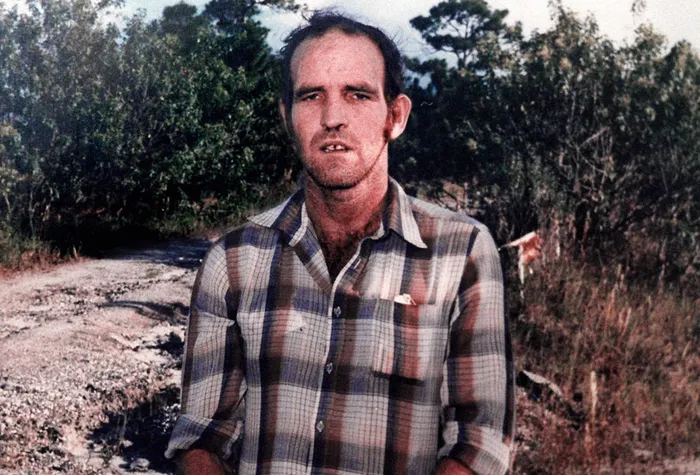Inomyalgia: Understanding the Pain, Causes, and Modern Treatments
Inomyalgia is a chronic pain condition that affects muscles, joints, and soft tissues throughout the body. It’s a disorder that can cause widespread discomfort, fatigue, and tenderness in specific areas, often without visible inflammation. People with Inomyalgia frequently describe the pain as deep, aching, or burning, and it can impact daily life in ways that make even simple tasks difficult. While it’s often confused with similar conditions like fibromyalgia or myositis, Inomyalgia has unique characteristics that require special attention and care. In this guide, we’ll explore what Inomyalgia really is, its causes, symptoms, treatment options, and how you can manage it effectively.
What Is Inomyalgia?
Definition and Overview
Inomyalgia refers to chronic muscle pain that originates from both muscular and neurological dysfunctions. The term comes from “ino,” meaning muscle fiber, and “myalgia,” which means muscle pain. It’s not just random soreness—it’s persistent, often triggered by specific physical or emotional stressors. People with this condition often report constant pain, stiffness, and fatigue that may worsen during stress, cold weather, or lack of sleep.
How It Differs from Other Pain Disorders
Unlike general muscle soreness that occurs after exercise or strain, Inomyalgia doesn’t go away easily. It’s not caused by injury but by complex imbalances in the nervous system and muscle fibers. Fibromyalgia is often a close relative, but Inomyalgia focuses more on localized muscle pain with neurological influence, while fibromyalgia affects broader areas with additional symptoms like brain fog and sleep issues.
Common Causes of Inomyalgia
Muscle and Nerve Dysfunction
One of the leading causes of Inomyalgia is improper communication between muscles and nerves. When muscle fibers stay tense for too long, it leads to chronic inflammation and pain. The nervous system may overreact to minor signals, causing exaggerated pain responses.
Genetic and Hormonal Factors
Research suggests that genetics may play a role in developing Inomyalgia. If chronic pain runs in your family, you may be more prone to it. Hormonal imbalances, especially in serotonin, dopamine, and cortisol, can also trigger or worsen symptoms.
Physical Stress and Injury
Repeated muscle strain, poor posture, or injury can contribute to Inomyalgia. When the body fails to heal properly after strain, it can create a pain loop that never fully resolves.
Emotional and Psychological Triggers
Chronic stress, anxiety, or trauma can alter the brain’s pain perception. This link between emotional and physical health is crucial—people with high stress levels often experience worse pain symptoms.
Poor Sleep and Lifestyle Habits
Sleep deprivation prevents muscle recovery and increases sensitivity to pain. An inactive lifestyle, poor diet, and dehydration may also worsen Inomyalgia symptoms.
Recognizing the Symptoms of Inomyalgia
Widespread Muscle Pain
The most common symptom is persistent muscle pain that feels dull, throbbing, or burning. It may affect the neck, shoulders, back, hips, or legs.
Muscle Stiffness and Fatigue
Muscles may feel tight or knotted, especially in the morning or after rest. Chronic fatigue often accompanies the pain, leaving patients feeling drained even after a full night’s sleep.
Tender Points
Certain areas of the body may become sensitive to touch. These tender points can trigger sharp pain when pressed and are often located around joints or muscle groups.
Sleep Disturbances
People with Inomyalgia often struggle to reach deep, restorative sleep. Poor sleep quality can make pain worse, creating a vicious cycle.
Cognitive Issues
“Brain fog” is another common complaint. Difficulty concentrating, remembering things, or staying mentally alert can occur due to chronic pain and lack of rest.
Emotional Symptoms
Depression, anxiety, and irritability frequently accompany Inomyalgia. Constant pain and fatigue can affect mental health and daily functioning.
How Inomyalgia Is Diagnosed
Medical Evaluation
There’s no single test for Inomyalgia. Doctors typically diagnose it through medical history, physical exams, and exclusion of other conditions like arthritis, lupus, or fibromyalgia.
Pain Mapping
Physicians often use pain mapping to identify specific areas of muscle tenderness. This helps in determining the pattern and severity of pain.
Lab and Imaging Tests
While blood tests and scans can’t directly detect Inomyalgia, they help rule out other disorders that cause similar symptoms.
Symptom Duration
To confirm Inomyalgia, symptoms must typically persist for at least three months, without clear structural damage in the muscles.
Modern Treatment Options for Inomyalgia
Medication-Based Treatments
Pain Relievers
Over-the-counter medications like ibuprofen or acetaminophen can help reduce pain and inflammation temporarily.
Muscle Relaxants
Doctors may prescribe muscle relaxants to ease tension and improve mobility.
Antidepressants
Low-dose antidepressants like amitriptyline are sometimes used to regulate pain perception and improve sleep.
Anticonvulsants
Drugs like pregabalin or gabapentin can calm overactive nerve signals that cause chronic pain.
Physical Therapy and Exercise
Physical therapy is one of the most effective ways to manage Inomyalgia. Therapists use stretching, massage, and low-impact exercises to strengthen muscles and improve flexibility. Gentle activities like yoga, tai chi, and swimming can also relieve tension without overstraining the body.
Cognitive Behavioral Therapy (CBT)
Because emotions affect pain, CBT helps patients identify negative thoughts and replace them with coping strategies. It’s proven to reduce stress and improve overall pain tolerance.
Lifestyle Modifications
Balanced nutrition, hydration, regular sleep patterns, and mindfulness practices play a key role in controlling symptoms. Reducing caffeine and alcohol intake also helps maintain hormonal balance.
Alternative Therapies
Some people find relief through acupuncture, massage, or aromatherapy. While results vary, these holistic treatments can complement medical therapy and reduce stress.
Managing Inomyalgia at Home
Establishing a Routine
Consistency helps your body adjust to pain cycles. Set regular times for meals, exercise, and rest.
Prioritizing Sleep
Create a calming bedtime routine. Avoid screens before bed and maintain a quiet, dark sleeping environment.
Using Heat and Cold Therapy
Applying heat relaxes stiff muscles, while cold compresses reduce inflammation in painful areas.
Mindful Movement
Simple stretching or short walks can prevent stiffness. Even light activity promotes blood flow and reduces pain intensity.
Stress Management
Meditation, journaling, and deep breathing exercises help control emotional triggers. Managing stress lowers cortisol levels and reduces pain sensitivity.
Balanced Diet
Include omega-3-rich foods, leafy greens, and lean proteins. Avoid processed sugar and fried food, as they can worsen inflammation.
Living with Inomyalgia
Building Emotional Resilience
Living with chronic pain can be challenging, but emotional strength helps maintain quality of life. Support groups or counseling can provide encouragement and shared experiences.
Finding the Right Support
Joining online or local support communities allows patients to exchange advice and find understanding peers.
Setting Realistic Goals
Small daily goals help you stay positive and measure progress. Celebrating small victories can make a big difference in maintaining motivation.
Listening to Your Body
Pay attention to early signs of flare-ups and rest when needed. Pushing through pain can worsen symptoms over time.
Prevention Tips
Maintain Physical Activity
Staying active keeps muscles flexible and prevents stiffness.
Avoid Overexertion
Balance activity with rest to prevent strain.
Focus on Posture
Correct sitting and standing posture reduce unnecessary pressure on muscles.
Manage Stress
Stress is one of the biggest triggers—daily relaxation techniques can make a huge difference.
Regular Health Checkups
Keep your doctor informed about any changes in symptoms for early management.
Future of Inomyalgia Research
Advancements in Neurological Studies
Ongoing research is exploring how brain signals influence chronic muscle pain, paving the way for targeted treatments.
Regenerative Therapies
Stem cell and peptide therapies are being studied as potential solutions to repair damaged muscle tissue.
Integrative Approaches
Combining medical, physical, and psychological treatment methods shows great promise for long-term relief.
When to See a Doctor
If your muscle pain lasts longer than a few weeks, or if it affects your ability to work or sleep, it’s time to consult a healthcare provider. Early diagnosis can prevent complications and help design a treatment plan tailored to your lifestyle.
Conclusion
Inomyalgia is more than just muscle pain—it’s a complex condition that affects both the body and mind. Understanding its causes, symptoms, and treatment options is the first step toward reclaiming your health. With the right care, balanced lifestyle, and supportive mindset, it’s possible to live a fulfilling life despite chronic pain. Remember, every small step toward self-care brings you closer to relief and recovery.






